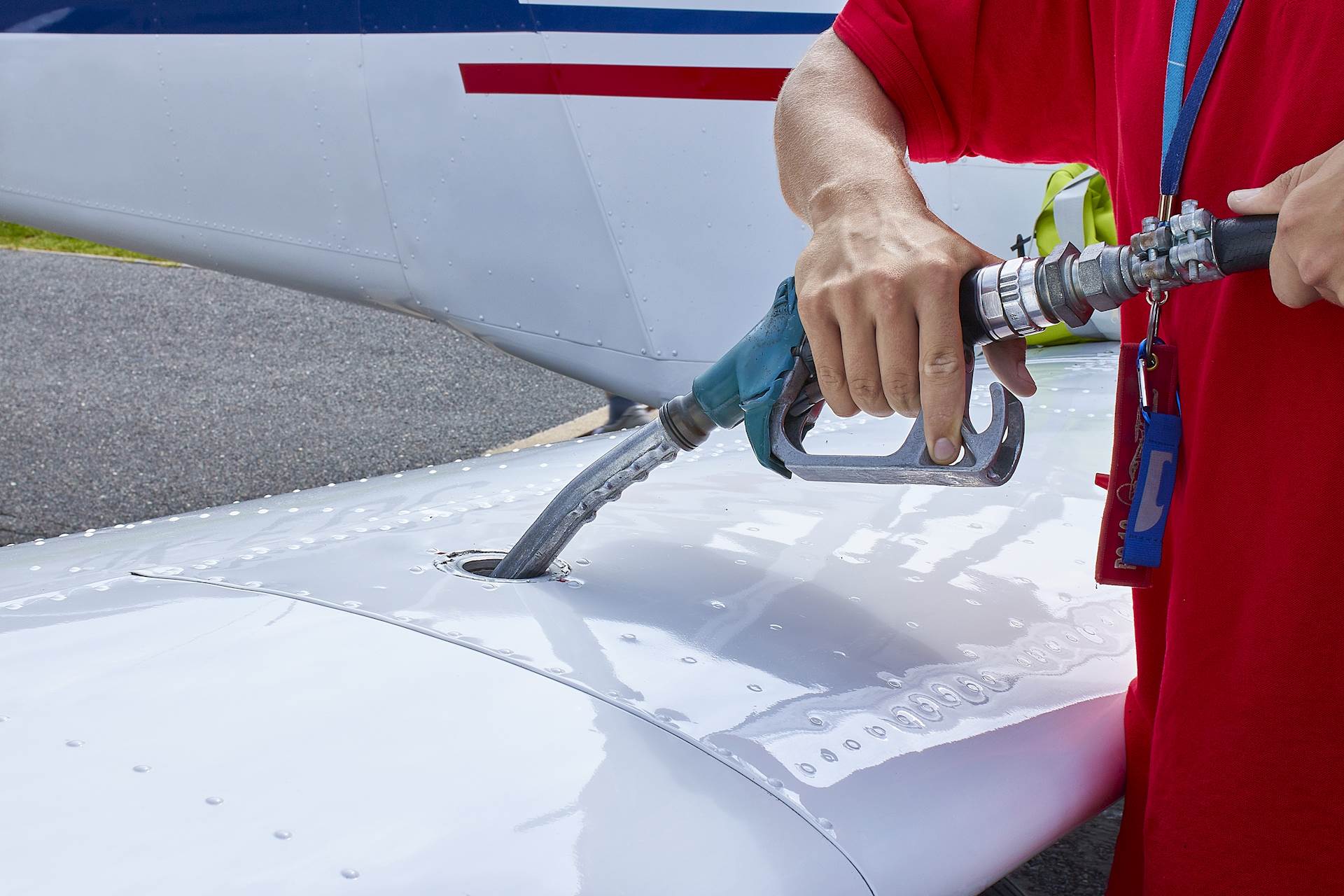
Do you remember the grumbling and the long lines at gas pumps in the 1970s, when unleaded automobile fuel was being introduced in the U.S.? If you don’t, your parents or grandparents do! The Clean Air Act was passed into law in 1970, and the U.S. Environmental Protection Agency (EPA) was formed in 1973. After it was determined that the fumes resulting from the heavy metal lead in fuel was hazardous to breathe, the EPA regulated the amount of lead in automobile fuel, and the United States began to phase out the use of leaded gas.
By 1996, all automotive fuel was unleaded and became available in the three forms we find today: regular, mid-grade and high-octane unleaded fuel.
But the U.S. general aviation fleet of about 200,000 piston-engine aircraft still burns leaded aviation gasoline (avgas). There are about two grams of lead in each gallon of 100-octane low lead (100LL) avgas. Most of that is not consumed during combustion, so some is released to the atmosphere in flight or while operating on the ground. However, the lead used in avgas is needed to prevent engine knock, or detonation, which can cause damage to high-performance aircraft engines and may cause engine failure.
Two steps forward, one step back
Since about 2010, the EPA has been working with the Federal Aviation Administration (FAA) to find a replacement fuel for 100LL avgas. Initially, it was thought that fuel refiners could engineer a “drop-in” fuel that would be a safe alternative to 100LL by 2018, and several new fuel formulations were developed. In testing, however, the replacement fuels did not meet safety requirements. Now, the EPA and FAA have set a new deadline of 2030 to find a safe unleaded aviation fuel and have funded research that shows promise.
Next steps
According to the Experimental Aircraft Association, the EPA is developing an endangerment finding for emissions from piston aircraft that operate on leaded fuel. Along with other regulatory actions, the EAA predicts it will likely lead to a prohibition on leaded aviation fuel. Safety is paramount in aviation, so it is critical that the EPA and FAA get it right when it comes to aviation fuel. Beyond testing in a large number of different aircraft, there are obstacles such as refinement, distribution and proper storage, according to the Aircraft Owners and Pilots Association.
Still, with better technology and diligent efforts to test new fuels, unleaded avgas looks like it is just around the corner.
Eric Menger is a business development manager who can be reached at emenger@hanson-inc.com.